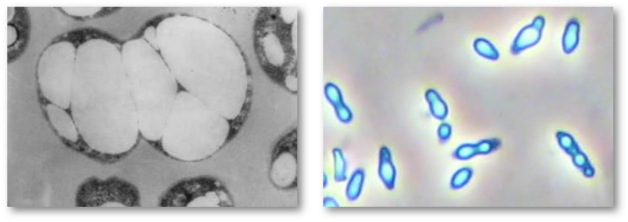What are PHAs
PHA stands for "Polyhydroxyalkanoate", a class of biopolyesters synthesized by a variety of microorganisms.
PHAs are bioplastics. Their properties are similar to many petroleum based thermoplastics and elastomeric materials. But unlike most petroleum plastics, PHAs are sustainable, biodegradable and biocompatible.
-
Sustainable: Naturally, many microorganisms can synthesize PHA from a wide variety of organic matter. These include sugars, vegetable oils, petroleum hydrocarbons, wastewater sludge, and even carbon dioxide. Technological advancements are making the microbial conversion of sugars and vegetable oils to PHAs more and more efficient in large scale fermentations. PHAs are truly sustainable and renewable plastics.
-
Biodegradable: PHAs are made by microorganisms but, they can also be degraded to water and carbon dioxide by microorganisms found in soil, compost, as well as in rivers, lakes, and oceans. The mechanism is microbial enzymatic degradation, not simple aqueous hydrolysis. Products made of PHA or containing PHA are actually water resistant, and with lifespan similar to conventional plastics. They only biodegrade when exposed to suitable enzynmes. PHAs can also be recycled with some loss of molecular weight and mechanical properties.
-
Biocompatible: Numerous studies have shown that PHAs are generally biocompatible, and can be slowly degraded and absorbed in the body.
These intracellular polyester granules are accumulated, possibly as carbon and energy storage materials, or as an electron sink similar to ethanol production in fermentative organisms. PHA granules can be observed by electron microscopy (left photo below), or by phase contrast microscopy using a light microscope (right photo below).

Polyhydroxyalkanoates are generally classified into short-chain-length PHA (SCL-PHA) and medium-chain-length PHA (MCL-PHA) by the different number of carbons in their repeating units (general structure as below). SCL-PHAs contain 4 or 5 carbons in their repeating units, while MCL-PHAs contain 6 or more carbons in the repeating units.

